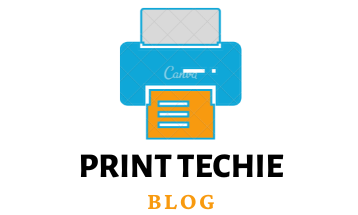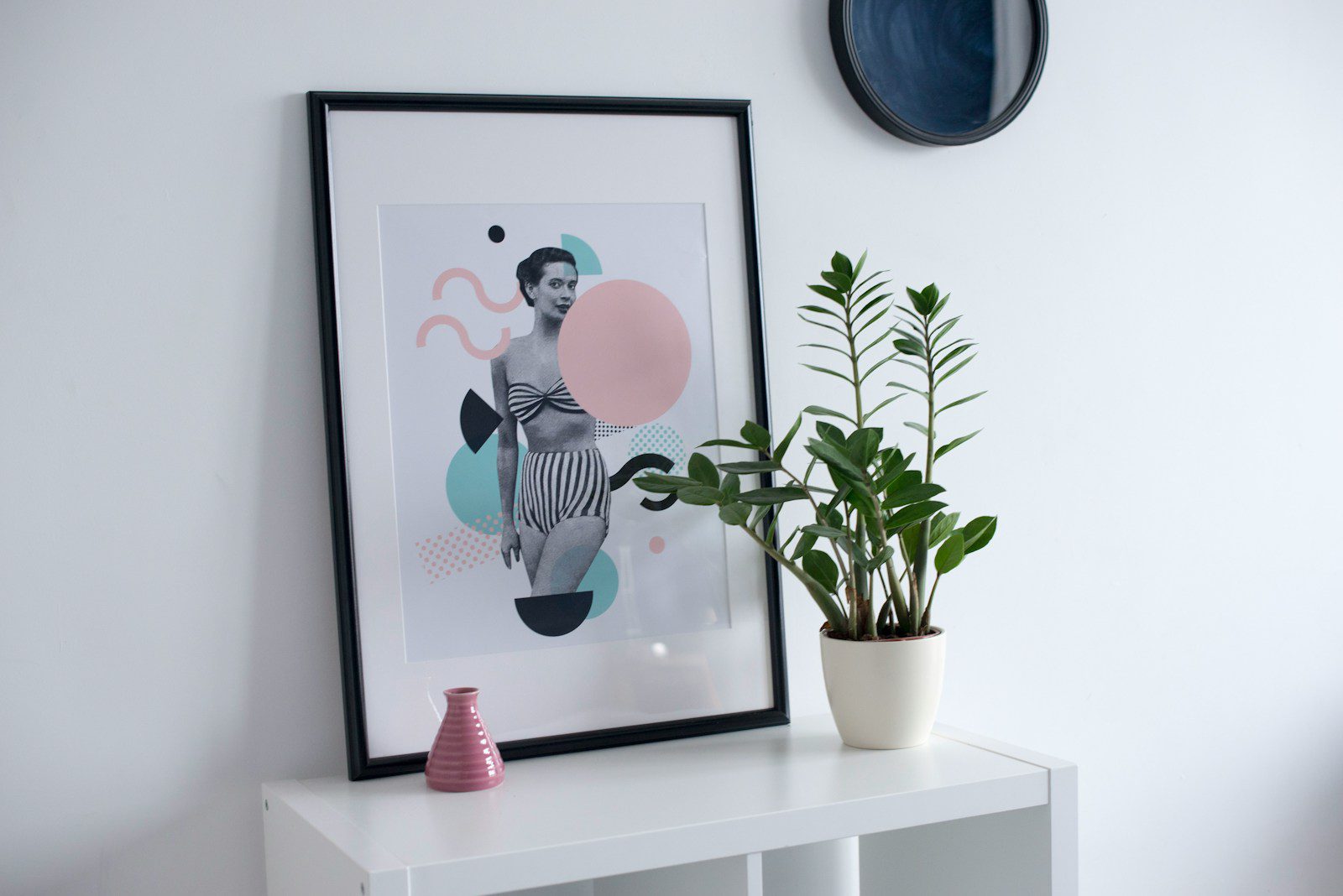Sublimation printing is a great way to create beautiful, vibrant images on many surfaces, such as fabrics, ceramics, and metals. However, image orientation is one aspect of the sublimation process that’s often overlooked or underestimated. Far from being just an aesthetic detail – mirror sublimation images can enhance image placement accuracy on your product, increase visual appeal, and make the entire production more cost-effective. In this article, we will discuss why it’s important to pay attention to proper photo orientations when using Sublimation Printing techniques – plus provide you with helpful tips for achieving perfect results each time.
What is image mirroring?
Image mirroring, or flipping and reversing images, is a simple but effective way to create interesting visual effects for your photographs. Horizontal mirroring flips the image along its horizontal axis – creating a left-to-right reversed copy of the original shot. Likewise, vertical mirroring will flip an image vertically, generating a top-to-bottom reversed counterpart of the initial photo. Image mirroring is an uncomplicated and widely used editing tool that can be done with any image editing software. This technique is often employed in graphic design, photography, and printing to adjust the orientation of images for a more aesthetically pleasing end product – especially when it comes to sublimation printing.

How is image mirroring used in sublimation printing?
Sublimation printing often utilizes image mirroring to orient the design correctly on the finished product. When printed onto transfer paper, this technique can be applied so that the design appears as intended when heat pressed onto any item- particularly designs with legible text or other elements. Mirroring ensures that everything is seen exactly how it should be once completed.
The use of image mirroring can help make the resulting design even more attractive. For instance, if you want to create a perfectly symmetrical composition, it’s as simple as using this helpful tool. Additionally, mirroring is invaluable if you need to produce an inverted version of your artwork—like when deciding between left-handed and right-handed designs. This technique adds balance and beauty while ensuring your final product looks stunning.
Also Read: How to cut sublimation paper with Cricut:
Reasons for mirroring images in sublimation:
Mirroring images is necessary for sublimation printing because the image is printed reversely on the substrate. Consequently, any text or design elements that are not mirrored will look backward upon completion. For example, if a design includes “Hello” as text, it would show up as “olleH” unless properly mirrored before printing. Therefore, mirroring ahead of time ensures that all components of your outcome appear correctly oriented and in their intended direction.
How to mirror images in design software:
Mirroring images is usually executed utilizing design software such as Adobe Illustrator or CorelDRAW. The method for mirroring a photograph varies depending on the program. Still, it’s frequently performed by selecting the picture and then picking either a “mirror” or “flip” option from the menu. Furthermore, some design applications have an instant mirror capability that could be used during printing; however, you must review documentation and settings to guarantee your image is mirrored correctly before printing anything out.
Mirroring Images for Sublimation: A Step-by-Step Guide:
Mastering the mirroring of images is one of the most important parts when it comes to sublimation. To guide you through this process, here’s a step-by-step illustration of how to replicate photos correctly in Adobe Illustrator:
Open Adobe Illustrator:
- Open Adobe Illustrator on your computer.
- Create a new document or open an existing one containing the image you want to mirror.
Select the Image:
- Use the Selection Tool (V) to select the image you want to mirror.
Go to the Object Menu:
- Go to the Object menu at the top of the screen.
Select the Reflect Option:
- In the Object menu, select the Transform option.
- From the Transform menu, select the Reflect option. A dialog box will appear.
Select the Horizontal Axis:
- In the Reflect dialog box, select the Horizontal Axis radio button. This will mirror the image horizontally.
Apply the Changes:
- Click the OK button to apply the changes. The image should now appear flipped horizontally.
Save the Mirrored Image:
- Go to File > Save As and choose a file format to save the mirrored image.
Print the Mirrored Image:
- Print the mirrored image onto a transfer paper using sublimation inks.
Place the Printed Transfer Paper on the Substrate:
- Place the printed transfer paper with the image onto the substrate.
Heat Press the Image:
To obtain the desired outcome, closely adjust the temperature and pressure of your heat press based on the substrate you are working with. Depending upon which design software you have chosen, these methods may vary significantly. Before printing, you must audit your software’s directions and settings accurately to guarantee that your image will be mirrored correctly.
How To Set The Printer To Mirror Image?
The particular procedures for configuring a printer to mirror an image will differ depending on the printer and software used, however here is a generic procedure that may be useful:
- Open the software or application that you are using to print the image.
- Locate the print settings or options. This can often be found by clicking on “File” or “Print” in the menu bar or clicking on the printer icon in the taskbar.
- Look for a “Properties” or “Preferences” button. This will open a dialog box with additional settings.
- Look for the “Mirror Image” or “Flip Image” option. This may be located under a “Layout” or “Page Setup” tab.
- Select the “Mirror Image” or “Flip Image” option, and then click “OK” or “Apply” to save the changes.
- Print the image as usual. The printer should now mirror the image before printing.
Read: Epson Ecotank 4800 Sublimation Printer:
FAQs:
What are the advantages and disadvantages of mirroring images before sublimation printing?
Sublimation printing offers numerous advantages, such as accurate image alignment and registration, reduced potential for errors in the transfer process, and a consistent final product. The downside of mirroring images before sublimating is that it can diminish clarity or resolution; however, this isn’t always necessary.
Why is mirroring images important in sublimation printing?
Mirroring your images is a crucial step in the sublimation printing process, as the image will be printed onto the substrate in reverse. If you fail to mirror any non-mirrored text or design components, they will appear reversed on the final result. Remember to always mirror your image before printing to ensure that your finished product looks perfect.
Why Is My Printer Not Printing Mirror Images?
If your printer is not producing reversed images, there could be a range of explanations. Print settings in the software or application you’re using to print might be incorrect or outdated, faulty printer drivers may be an issue, and something may have gone wrong with the printer itself. To get to the bottom of this problem and restore quality printing performance – try examining all relevant options within your chosen print program; look into upgrading any current driver versions; if necessary, consult both your device manual & manufacturer website for further guidance.
Mirrors are an integral part of the sublimation process to ensure that your final product is properly oriented. If you need to mirror images, Adobe Illustrator and CorelDRAW have design tools specifically designed for this purpose. Mirroring your image will guarantee accurate alignment in the end output – no more misaligned text or designs. And that translates into a consistently finished project every time. Mirroring an image is not alwiays necessary despite the potential loss of image quality or clarity. Therefore, evaluating the design and requirements is vital before deciding if mirroring should be used.

